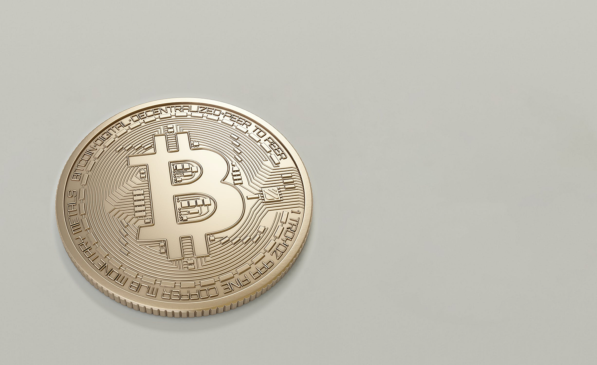Bitcoin halving is undeniably a huge event for the entire crypto comminute and one that has had great consequences, not just on Bitcoin. As the year comes to an end, we can really see the real consequences of the halving that occurred on May 11, 2020. In this article, we take a look at the halving and how it impacted Bitcoin over the course of 2020.
Bitcoin Halving
The role that miners have in the blockchain network is a good introduction to Bitcoin in general and how it is different from other cryptocurrencies and fiat currencies. Otherwise, they have an indispensable position because they have to solve computational problems in order to validate a new block of transactions in the network. Thus, their work not only ensures that the blockchain network is safe but also without the miners, it would be impossible for new BTC to enter into circulation.
It goes without saying that it is a tedious job that requires an investment in good equipment, computer hardware, energy, and time. The halving is an event set to happen after 210,000 are mined, and it occurs roughly every four years. The purpose of the halving is to cut the inflation in half, as the reward of miners is also split in half, with each halving. More specifically, the reward was 50 BTC before the first halving in 2012, then it got reduced to 25 BTC, and in 2020, it is 6.25 BTC.
The Price of Bitcoin
Typically the price of Bitcoin depends on several factors like the position of rival cryptocurrencies, trading platforms that set their own average prices, and the ratio of supply and demand. Bitcoin halving as an event has an impact on the supply of BTC because fewer miners will be motivated to keep mining that will also further decrease the rate at which new BTC enter circulation.
Otherwise, the supply is already restricted by Satoshi Nakamoto to 21 million BTC around (18.5 million BTC are already mined). Therefore, as the demand for BTC increases, so does the price of Bitcoin because the number of available BTC keeps getting smaller. In fact, past halvings are associated with the bullish cycles of Bitcoin.
The first halving in 2012 resulted in a price increase from $11 to $12. Then in 2013, it has marked the first-ever significant rise of Bitcoin and reached a price of $1038 in November. Next, in 2016, the price also soared from $576 to $650 in 2016. 2017, as we know, is an important year in Bitocin history because it surpassed $19,000 in December 2017.
And that brings us to 2020. In 2020, the price after the halving surged from $8,784 to $9,999. Months after the halving, Bitcoin is still in a bull run and has managed to surpass $17,000 in November. What’s more, it is also the first year to hit $20,000 in December.
Conclusion
Also, the effect was noticeable on the entire cryptocurrency market and other cryptocurrencies. For example, Litecoin has surpassed $100 for the first time since 2019. It also renewed the interest of the public about cryptocurrencies in general, as more organizations and people are learning about digital cryptocurrencies and looking to invest.
Still, no one can know for sure what will happen in 2021 or after the next halving occurs in 2024. However, a lot of people believe that the price of Bitcoin will continue to grow. Some forecasts include a possibility of reaching $96,000 in 2023 and surpassing $100,000 in 2025. But, one thing is for sure. Each halving intensifies the digital gold rush that is also happening right now.



